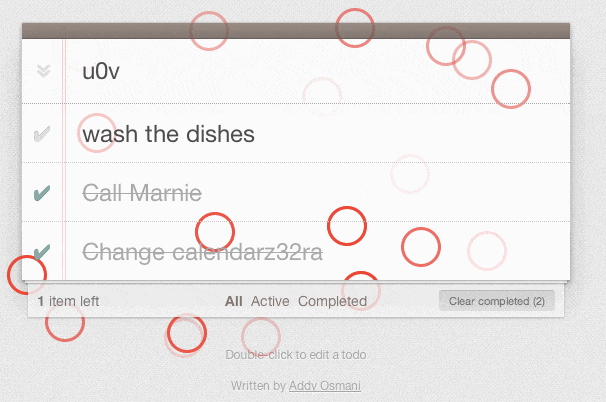Tag: design
-
What is Design Thinking and Why Is It So Popular? | Interaction Design Foundation
Design Thinking is an iterative process in which we seek to understand the user, challenge assumptions, and redefine problems in an attempt to identify alternative strategies and solutions that might not be instantly apparent with our initial level of understanding. At the same time, Design Thinking provides a solution-based approach to solving problems. It is…
-
Ecosystem: The Main Reason New Apps Fail
Avoid the centre of the world mentality. a successful app keeps in mind that people use apps for various features, being able to be part of the ecosystem is what makes it successful. Source: Ecosystem: The Main Reason New Apps Fail
-
An Atomic workflow for design & development at Nordnet
In this article we’ll give an overview of the Atomic way of thinking, and share how we’ve applied it — with a little help from BEM and Git. Atomic Design is a methodology used to construct design systems. The concept was first coined by Brad Frost in 2013. Brad uses a Chemistry analogy to describe the process,…
-
Design Criticism and the Creative Process
In every design project, at some point we quit what we’re doing and share our unfinished work with colleagues or clients. This begs the question: Just what does the critique do for the design and the rest of the project? Do critiques really help and are they necessary? If so, how do we use their…
-
Simon Whatley – Nordstrom’s Innovation Lab: Sunglasses iPad app case study
https://www.youtube.com/watch?v=dS3sD96m8gc By applying a healthy dose of Lean and Agile methodologies to projects, the waterfall model of software development has been replaced leading to rapid Source: Simon Whatley – Nordstrom’s Innovation Lab: Sunglasses iPad app case study
-
Don’t design for mobile, design for mobility
MOBILITY IS ABOUT THE CONTEXT, NOT THE DEVICE The meaning of “responsive” has been badly spoiled. It’s reduced to no more than being able to adapt to different screen sizes. We need to bring back the concept of “responsive” to its fullest meaning: being able to respond, and thus establishing a communication with the user….
-
User experience problems with responsive photos – cxpartners
An oldie but a goodie. Focuses on some of the user experience issues that result from responsive photos. @chudders Source: User experience problems with responsive photos – cxpartners
-

Design Mock-Ups Need Dynamic Content: Tools and Plugins – Smashing Magazine
Nothing is perfect on the web, so our mock-ups shouldn’t pretend otherwise. Some helpful tools and plugins for using dynamic content in our deliverables. Source: Design Mock-Ups Need Dynamic Content: Tools and Plugins – Smashing Magazine In practice, mock-ups usually represent a perfect experience in a perfect context with perfect data which doesn’t really exist….
-
Intent Is King – A Design Approach
Source: Intent Is King – A Design Approach The answer, in my opinion, lies in one magical word – Intent – a rarely talked about term when people gather to design experiences, but perhaps one of the most powerful guideposts in the design evolution of a product.
-
Why The Shape Of A Company’s Logo Matters
Welcome to a world in which curves are a good thing. There’s already a good amount of research on how logos influence customers. Source: Why The Shape Of A Company’s Logo Matters